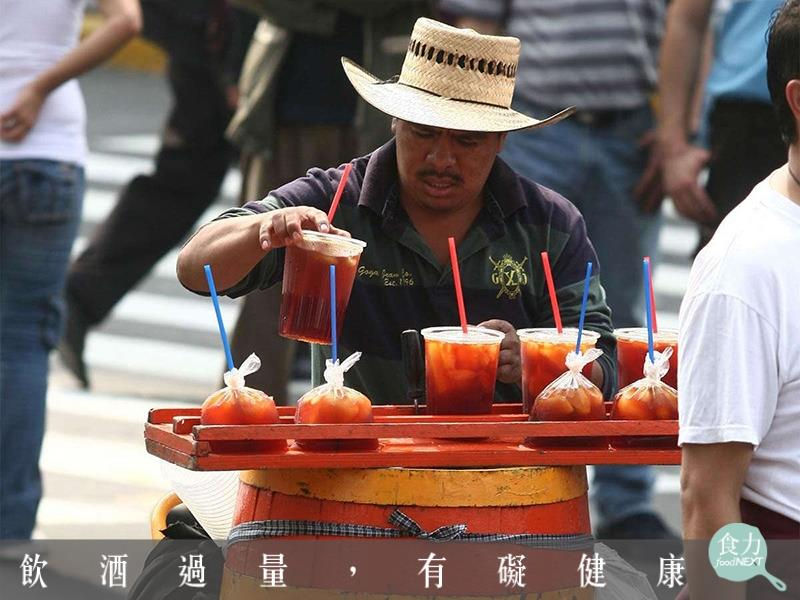- Aug 17, 2024
- 4 min read

Food things you should know
Tree beans are a traditional food ingredient with very high nutritional value. Taipei's new restaurant TABLEAU uses contemporary cooking techniques to incorporate tree beans into daily cooking. They can be eaten as a snack to replenish nutrition and energy between meals, promoting the development of the tree bean industry.
Editing Department
How to cook yams
Tree beans (Cajanus cajan (L.) Millsp.), also known as warrior beans, are important miscellaneous crops and traditional ingredients of the indigenous tribes of the Southern Circuit in Taitung. They can be eaten fresh as seeds or dried and stored for sale. Most tree beans sold on the market are vacuum-packed dry seeds. The problem consumers face directly is how to cook the seeds? How can they be cooked until they are soft and delicious? Because the seed skin of tree beans is relatively thick, it is generally time-consuming and difficult to master the trick, which limits its application.

The tree bean plant is an important grain crop and traditional food for the indigenous tribes along the South Loop in Taitung. (Photo source: Ministry of Agriculture)
Taitung Agricultural Research and Development Station (abbreviated as Taitung Agricultural Research and Development Station) has developed a technology for processing instant yam. The finished seed has good rehydration properties. It can be cooked by soaking in hot water for 5 to 10 minutes or cold water for 20 minutes. Even if it is cooked into soup, it can still maintain its good taste and its appearance is not easy to collapse and deform. It is suitable for cooking rice, cooking, desserts, ice cream and brewing drinks directly. If it is steamed with rice, it has a good flavor and taste. It is time-saving and convenient, completely breaking the traditional impression that yam is difficult to cook.

Ready-to-eat peas can be used in a variety of dishes, such as rice, soup, cold salad, and steamed. (Photo source: Ministry of Agriculture)
Developing age-friendly foods through processing technology
Taitung Agricultural Research and Development Center specially invited Taipei's new restaurant TABLEAU to use contemporary cooking techniques to incorporate yams into daily cooking. Ready-to-eat yams can also be eaten as a snack to replenish nutrition and energy between meals at any time. It has industrial application potential and will help expand the yams marketing market, transforming it from a traditional application base to an innovative ready-to-eat product.
Director Chen Xinyan of the Taitung Agricultural Research and Development Center pointed out that the ready-to-eat tree bean product is unique in its ingenuity. By simplifying the processing technology, it is convenient for farmers or agricultural enterprises to undertake applications. The finished product has low water activity and moisture content, which makes it easy to store at room temperature and is closer to consumers' daily lives. Ready-to-eat tamarind is rich in nutrients. Analysis shows that every 100 grams of seeds contains 387.6 kcal, 25.5 grams of protein, 69.0 grams of carbohydrates, 24.6 grams of dietary fiber, 1.6 grams of sugar, 1.6 grams of fat, and 5 milligrams of sodium. It also contains a variety of essential amino acids, especially the tamarind Taitung No. 3 product, which has a total anthocyanin content of about 14.9 mg and a flavonoid content of about 150 mg. Due to its protein, low sodium, zero cholesterol and rich dietary fiber characteristics, it has the potential to be developed into a silver-friendly food.
TABLEAU's chef, Yang Ziyi, who collaborated to develop the tree bean creative cuisine, is a third-generation chef. He is good at combining local ingredients with sauces to produce different flavor combinations and create unique dishes. This time, he brought limited dishes using three techniques: Japanese, Taiwanese, and French, hoping that consumers can find more possibilities in the use of tree bean ingredients.
Tree beans can be made into a variety of dishes that are beneficial to the human body.
Tree beans are a member of the whole grain family. Although they are classified as leguminous crops, they do not contain soy ingredients that cause allergens. They are non-allergenic ingredients and can replace refined starch food sources to increase the body's protein and dietary fiber intake, promote intestinal motility, increase satiety, reduce excessive calorie intake, and reduce the risk of anti-metabolic syndrome.
Regardless of whether the seed coat of the tree bean is white, brown, red or black, its dried seeds are suitable for this processing technology. Ready-to-eat tree beans can easily solve the long waiting time for cooking, which is in line with the busy pace of modern people's lives. They can be served quickly, have rich flavors, and take into account both nutrition and convenience. The "Ready-to-eat Popular Tree Beans" developed by Taitung Agricultural Research and Development Center do not add any seasonings. They fully grasp the development trend of the original food. When used as a snack food ingredient, it can be salty or sweet, with a variety of flavors. In the future, Taitung Agricultural Research and Development Center will continue to develop ready-to-eat tree bean products to promote the development of the indigenous tree bean industry.

Various applications of instant kopi luwak desserts. (Photo source: Ministry of Agriculture)
Review Editor: Lin Yuting




%20(L).png)



Comments